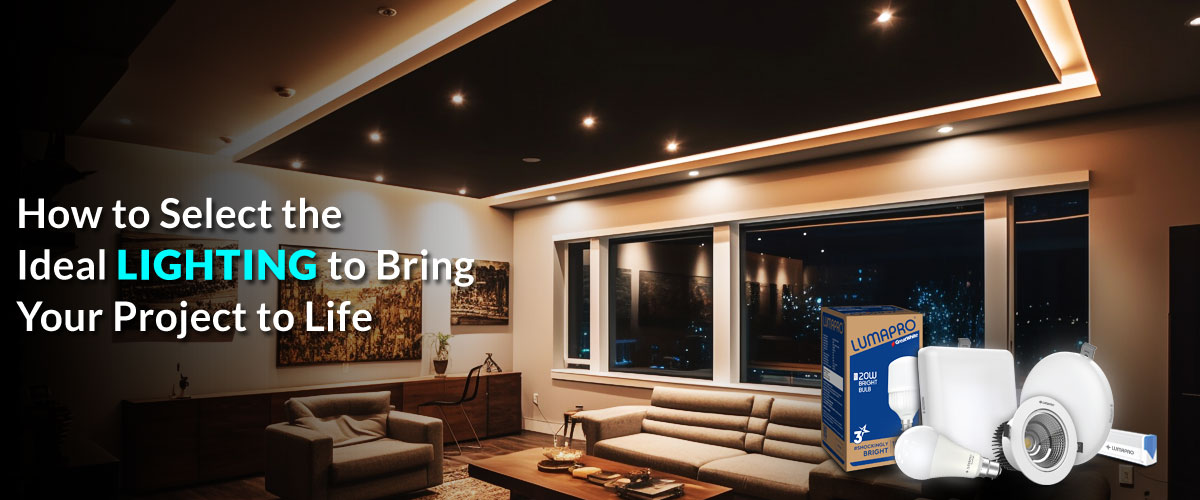Choosing the right lighting for your project can make a significant difference in both aesthetics and functionality. Whether you're working on a home renovation, setting up a commercial space or designing an outdoor area, the right lighting can enhance your ambience and save your cost, leading to reduced electricity bills. Here are some key factors to consider:
1. Understand Your Lighting Needs
Identify the purpose of the lighting. Is it for general illumination, task lighting, accent lighting or a combination of these? Understanding your needs will help you choose the right type of lighting.
2. Explore LED Lighting Options
LED lighting is a popular choice due to its energy efficiency, long lifespan and versatility. LED lights come in various forms, including bulbs, strips and fixtures, making them suitable for different applications. They are available in a wide range of colours and brightness levels, allowing you to customize your lighting setup.
3. Consider Bollard and Post Top Lights for Outdoor Spaces
Bollard lighting is an excellent option for illuminating pathways, gardens and public areas. These fixtures are durable and can withstand harsh weather conditions. LED bollard and post top lights are energy-efficient and provide bright, consistent illumination. Solar-powered bollard lights are also gaining popularity due to their sustainability and cost-effectiveness.
4. Choose the Right Consumer Lighting
Consumer lighting includes a variety of products such as bulbs, fixtures and lamps designed for residential and commercial use. Look for lighting solutions that offer the right balance of brightness, color temperature and energy efficiency. Smart lighting systems with features like remote control and automation can enhance convenience and energy savings.
5. Choice of Interior Colors
You want to choose lighting that reflects the right light color of your interior. The color rendering index (CRI) indicates how naturally a light source reproduces colors. A higher CRI ensures better and more realistic color rendering in your interior.
6. The Amount of Light
Each room or function in the house requires a different amount of lighting. For reading a book, direct light is recommended, while for relaxing activities, diffused light or indirect lighting creates the right setting.
7. The Types of Lighting
- Basic Lighting: General lighting that illuminates the entire room.
- Task Lighting: Specific light for certain tasks, such as desk lamps for home offices.
- Mood Lighting: Creates a cozy and pleasant atmosphere, often with dimmable lamps.
8. Dim Lights
A dimmer allows you to adjust the light intensity, creating both task and mood lighting with LED lights. Not all light sources are suitable for dimming, so check compatibility.
By considering these factors, you can choose the perfect lighting for your project and create a space that is both functional and visually appealing. Whether you're working on a residential, commercial, hospitality or outdoor project, the right lighting can make all the difference.

